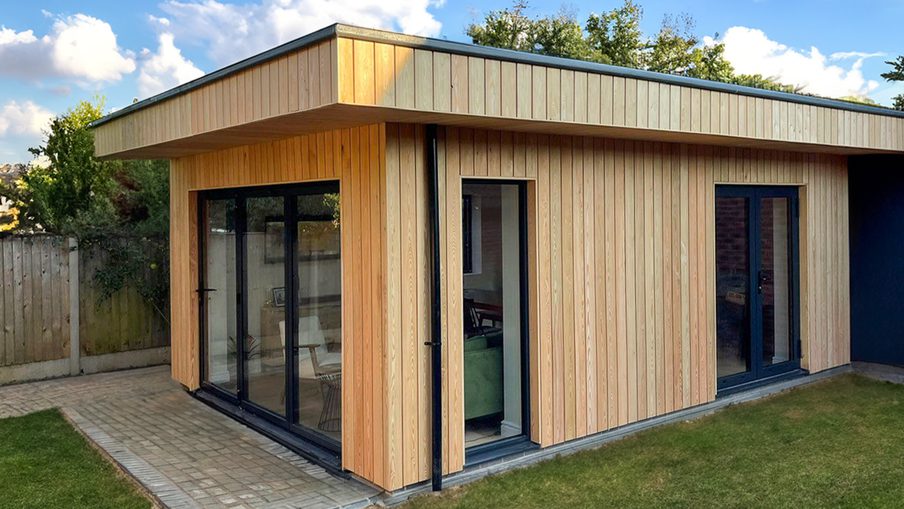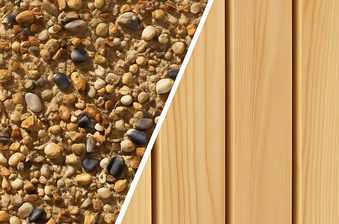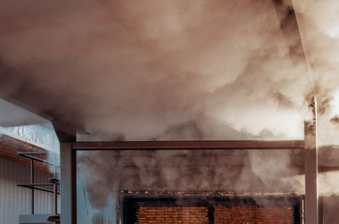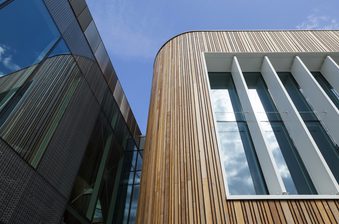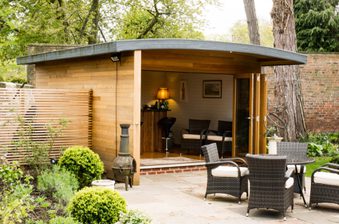For cladding, decking, fencing and joinery projects, Siberian Larch is a sought-after timber species.
It looks the part and performs remarkably well for a range of applications, particularly outdoors.
As a leading UK timber supplier, we’ve drawn on our encyclopaedic knowledge of this species to bring you this comprehensive guide!
Siberian Larch species introduction
Siberian Larch (also known as Russian Larch) has the scientific name Larix sibirica. There are actually many types of larch, each belonging to the Larix genus.
This particular species grows natively as far west as the Finnish border, with distribution eastwards towards central Siberia in Russia — hence the name! The species has also been introduced to Canada, the US, Iceland and Greenland.
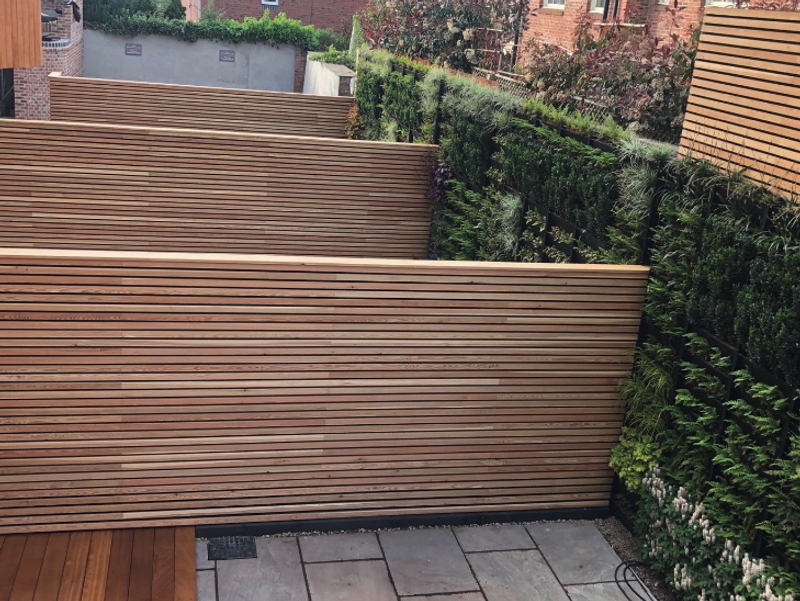
Siberian Larch is a ‘frost-hardy’ tree; it’s extremely resilient and has evolved and adapted to survive in freezing, adverse temperatures where there are limited growing seasons.
When fully grown, it reaches heights between 20 and 50m and has needle-like leaves, with a 1m trunk diameter.
As a result of its extreme native climate, Siberian Larch grows extremely slowly. It’s these inhospitable growing conditions and the species’ cold adaptation that gives it many useful properties, suiting it to a range of practical applications — particularly exterior projects like cladding, fencing and decking.
Is Siberian Larch a hardwood or softwood?
Since it is a coniferous tree, Siberian Larch is officially classified as a softwood. Despite this, it is actually one of the hardest softwoods in the world.
On the Janka test, Siberian Larch it scores 1,100 lbf, making it denser than hardwoods like Black Walnut (1,010 lbf) and Cherry (995 lbf). This density is the result of its punishing ‘upbringing’ in often sub-zero Siberia.
The distinction between hardwood and softwood is based on the type of tree, rather than the hardness of its wood. Although there is a correlation, Siberian Larch proves there can be anomalies — softwoods can be very strong. For more detail, dive into our blog post on the topic!
Siberian Larch: properties
Appearance
- Colour: Pale yellow to golden brown, weathering to silvery-grey
- Grain: Strong, with tight growth rings
- Texture: Smooth
Because of its slow growth, Siberian Larch wood has incredibly tight growth rings and a strong grain. Depending on the grade chosen, this specie can generally contain small tight knots. The application of a high-quality stain can accentuate the striking grain pattern, making the wood a distinguished and sought-after design choice.
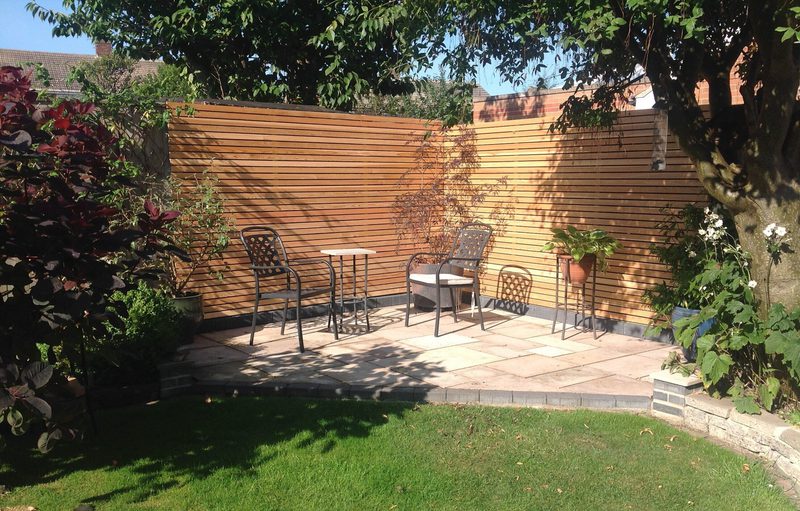
The character of the grain also makes it unique — no two pieces of Siberian Larch are the same as each other. Underpinning the popularity of Siberian Larch is also its versatility; there’s rarely a setting or space where its yellow-golden brown hues aren’t at home.
Upon close inspection of some Siberian Larch, subtle colours can appear, from creamy whites to reddish browns. If left for around two years without any treatment, the wood will attain a natural grey ‘weathered’ look which, depending on your vision, is no bad thing. Monochrome continues to be a very popular architectural choice.
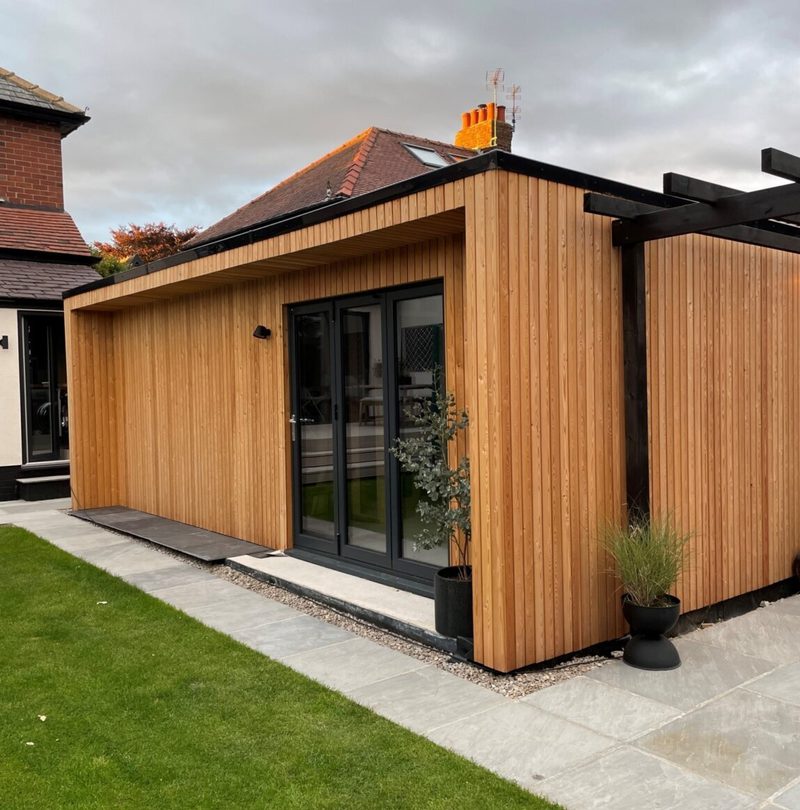
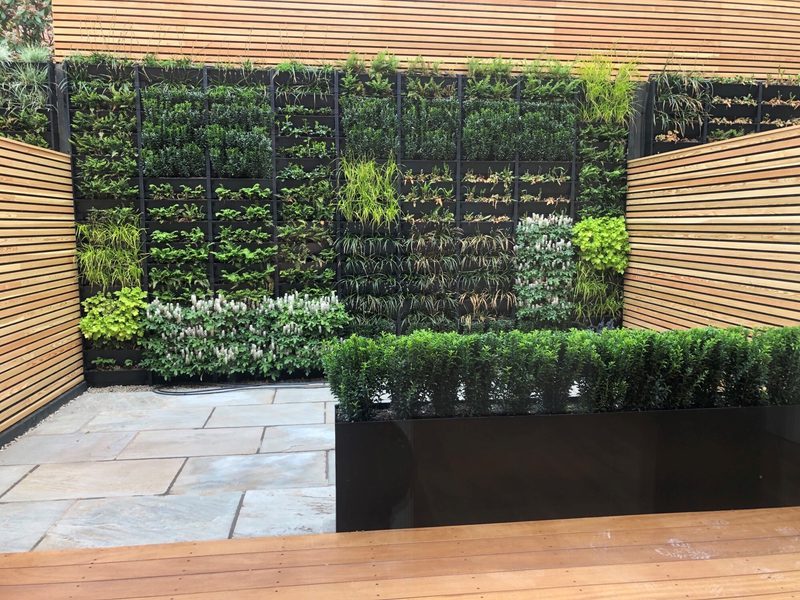
Over time, Siberian Larch will turn to a stunning silvery-grey colour.
Scratch resistance
As a species, larch is a product of its growing environment: the frigid, often sub-zero Siberian forests. The range of cold adaptations result in a heavy, dense wood.
As such, Siberian Larch is good at resisting knocks, bumps and scrapes, suiting it ideally to exterior applications such as cladding and fencing. However, it can still be marked if enough force is applied, which may make the wood unsuitable for some projects, like high-traffic decking.
As mentioned earlier, Siberian Larch scores a very impressive 1,100 lbf on the Janka hardness scale, placing it ahead of most of its fellow softwoods — and even many popular commercially available hardwoods.
Rot and insect resistance
High in resin and natural extracts, Siberian Larch boasts superb natural defence to the outside elements. This timber is built to cope with the Siberian climate — meaning well suited to exterior application.
Resin is what trees produce naturally to protect themselves from decay-causing organisms. As a resinous wood, Siberian Larch boasts natural antiseptic qualities.
Such is its natural durability, unlike many other species, Siberian Larch even can be left without stain or paint treatment.
However, if left exposed for prolonged periods, all wood can eventually succumb to rot — even naturally durable woods like Siberian Larch! We’d recommend applying some protective woodcare. More on that in our Siberian Larch treatment guide!
Dimensional stability
When woods are exposed to fluctuations in moisture and humidity, they can tend to warp and bend. Siberian Larch is good at avoiding this — the wood’s high density and uniform cell structure allows for more consistent moisture absorption and release, minimising rapid dimensional changes.
Stability isn’t just about the species chosen, of course. Proper installation and appropriate, timely treatment will also be your best friends.
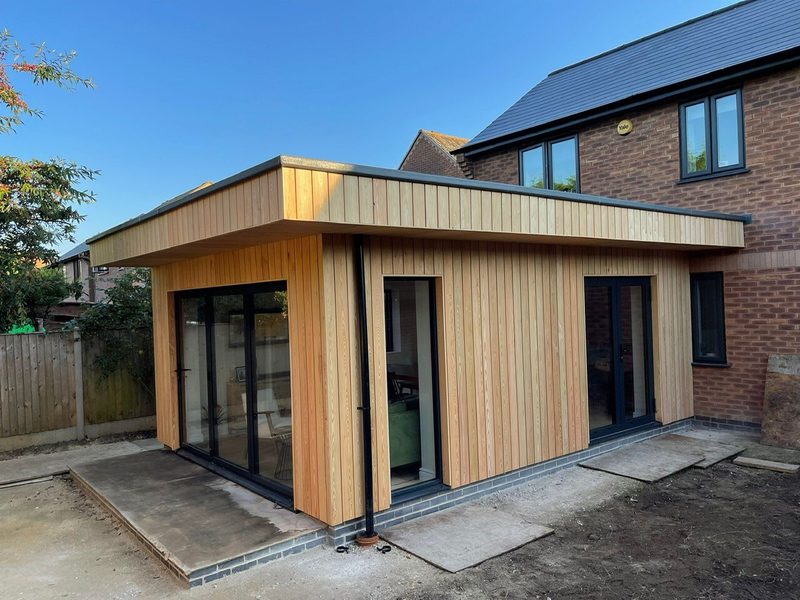
Workability
As a relatively dense and scratch resistant softwood, you might be forgiven for thinking that Siberian Larch is a tough timber to work with.
In fact, this is far from the truth. Whilst it probably wouldn’t be an optimal choice for fine carving, Siberian Larch takes stains well (which can actually accentuate the grain), has good drilling properties, takes fixings well and has good machining and glueing properties.
Quick tip — to avoid staining and corrosion, make sure you use top-quality stainless steel fixings when you work with your Siberian Larch. After all, quality timber deserves quality fixings, right?
It’s also recommended to drill your holes instead of nailing to avoid the possibility of splitting. Because of its high density, ensure that any tools are kept sharp.
What is Siberian Larch used for?
- Cladding
- Fencing
- Decking
- Joinery
- Flooring
Because of its remarkable natural physical properties and devilish good looks, Siberian Larch is a go-to choice for a wide range of projects, especially outdoors. Cladding, fencing and decking account for three particularly popular external applications for the species.
Siberian Larch is also suitable for flooring. In fact, traditional velodrome tracks are made from the species — so keep an eye out next time during the Olympics. Some other niche uses for the wood include railway sleepers and mine props.
Wherever you need a timber species to withstand the elements and look fabulous whilst doing so, count on Siberian Larch to do the trick.
How long does Siberian Larch cladding last for?
Despite its natural toughness, all materials have a lifespan — Siberian Larch included. With the right installation, treatment and maintenance, this species can enjoy a long service life of over 50 years, possibly up to 100 years.
Siberian Larch is very low maintenance and doesn’t strictly need any treatment or sealing before being installed as cladding, fencing, decking or something else. However, we’d recommend applying some sort of woodcare if you’re looking to maximise longevity and retain the wood’s original colour. A high-quality protection can actually accentuate its natural beauty by helping the grain to ‘pop’!
If you’re after the stylish grey look, there are some excellent products — including weathering accelerants — that will still allow it to weather nicely and provide excellent protection.
Head over to our dedicated guide for more information on treatment and maintenance for your Siberian Larch.

Is Siberian Larch sustainable?
Because trees can always be replanted, timber is a 100% renewable resource. But this doesn’t mean its use is 100% sustainable, of course; forests need to be managed in a responsible way to ensure timber supplies aren’t depleted faster than they’re being replenished.
Fortunately, Siberian Larch is a very abundant timber. The tree represents 37% of those in Russia and is rated as ‘Least Concern’ according to the IUCN Red List, with population levels classified as stable.

Siberian Larch, like all trees, can actually benefit the environment by acting as natural carbon storage — trees absorb greenhouse gas during photosynthesis, a process called carbon sequestration.
Be sure, of course, to only source your timber from a supplier with a clear environmental commitment (like us!). We make every effort to ensure that wood we source originates from environmentally-managed woodlands where sustainably is a prime concern. We also offer wood carrying FSC® or PEFC certification, if desired.
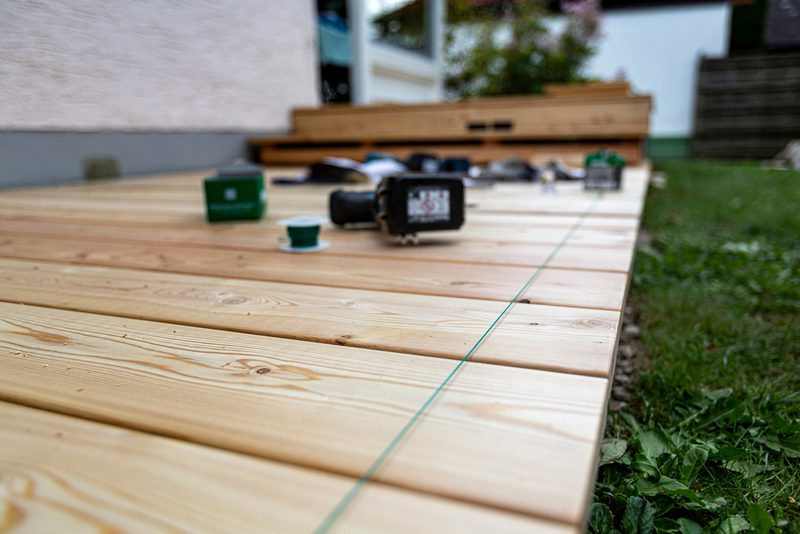
How much does Siberian Larch cost?
Is Siberian Larch expensive or cheap? Depending on your budget and the size of your project, the answer is clearly a subjective one. As a rule, though, Siberian Larch tends to be cost effective, particularly compared to many other popular commercially available timbers.
However, it must be noted that trade restrictions with Russia have reduced the supply of Siberian Larch, which has caused prices to fluctuate quite unpredictably. It’s always worth messaging our team for the latest pricing and availability. If you’re struggling to get your hands on Siberian Larch, or the price seems prohibitive, then check out our guide to alternative species.
Siberian Larch’s popularity is perhaps rivalled only by Western Red Cedar. To compare the two, Siberian Larch cladding in a V-groove profile costs £70 + VAT per square metre at the time of writing — the equivalent in Western Red Cedar commands £80.80 + VAT.
Where can I buy Siberian Larch?
Right here, is the answer! At Duffield Timber, we stock a range of quality Siberian Larch sawn timber, cladding, fencing and decking, sustainably sourced from Siberia’s forests.
Whether you’re a DIYer, home improver, self-builder commercial specifier, get in touch with our team today — we’d be delighted to help.
